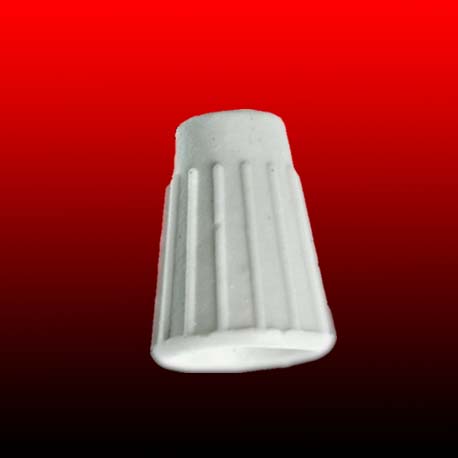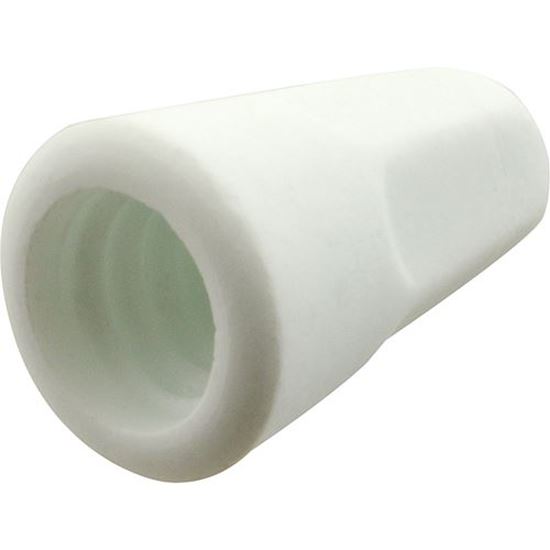

It may be that UK electricians looking for novel connectors prefer these to twist-on connectors. They all incorporate a test-port and wire-trimming guide. They are all rated at 20A and at least 300V. Some of these are "lighting connectors" used to join solid-core wires to stranded wires. Switches, junction boxes and ceiling roses often contain sufficient bult in capacity that you don't need additional connectors:Įasier-to-use connectors are becoming more common: When more than two wires are to be joined, a slightly different type of screw-connector is used: I have the impression that in the US, wire-nut connections are often removed by cutting the wires, which may leave progressively less and less wire available in the junction-box or back-box for remaking connections. It certainly prevents the conductors being pressed to one side of the screw and therefore not being securely clamped in place.Īn obvious advantage of these connectors is that the wires can be removed intact and should usually not need trimming before reconnection. Perhaps this avoids damaging stranded conductors. Note that the plate that presses on the wires is arranged so as not to exert any twisting force on the conductors. The "Legrand 10mm2" connectors at top left may be for higher current ratings. The metal insert is removed and a grub nut is used to clamp the wires, then the plastic insulator is screwed over the connection. The "Marr No.1" connectors at back right look superficially similar to US wire-nuts but are very different. I've not seen any in a completed installation (but I'm only a householder not an electrician, so have very limited experience) I suspect they were used for temporary connections during installation. Other sizes are available for different current ratings.Īn electrician left behind the other connectors in this picture. The white translucent screw-connector block in the foreground is a typical example.

Ruler is marked in cm with mm subdivisions In the UK, electricians almost invariably use screw-terminals. Wagobox and Ezybond earth fasteners Some of these novel products more or less disappear from the market within a few years, others succeed. However, it isn't uncommon to see strenuous efforts on the part of manufacturers to persuade UK electricians that novel products meet regulations. Vendors of novel products have to go to considerable length to persuade them that their products meet the relevant legislation.Ĭonforming to BS EN 60998 Twister® wire connectors fullyĬomply with BS 7671:2008 (17th Edition Wiring Regulations). UK Electricians are a conservative group.
#Ceramic wire nuts crack#
It is suggested that 50 years ago the ("Scruit" brand) twist-on connectors were made of ceramic and were liable to crack and expose the wires. The Wikipedia article on twist-on connectors suggests they were outlawed in the UK 50 years ago.


 0 kommentar(er)
0 kommentar(er)
